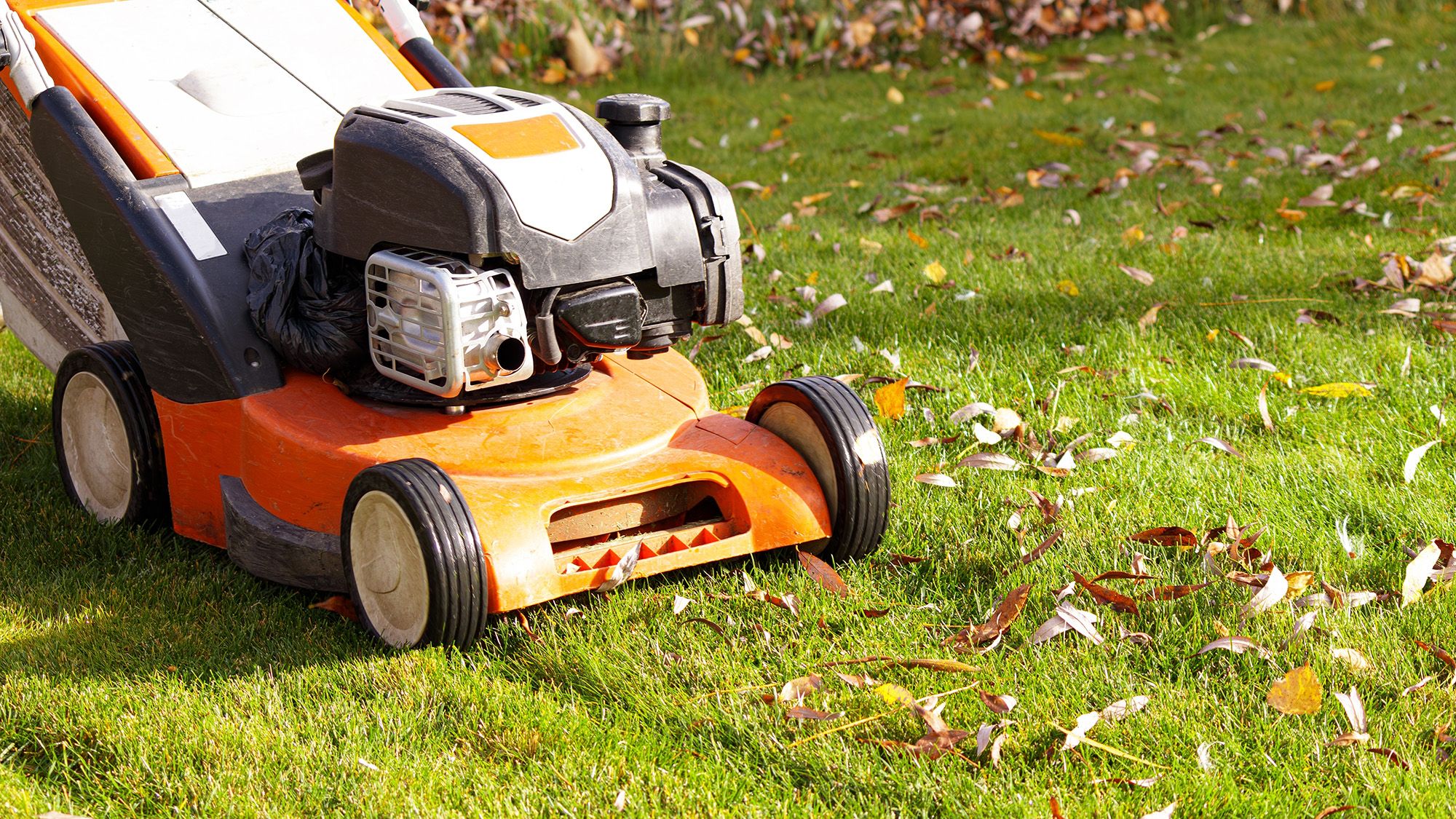Copyright Tom's Guide

The arrival of fall brings vibrant colors to your garden as leaves begin to drop. While your first instinct might be to reach for the rake or leaf blower, there's a far easier and more beneficial approach: simply mow over them instead. This technique, known as mulching, transforms dead leaves into valuable nutrients that feed your lawn naturally. Rather than viewing fallen leaves as yard waste to be bagged and removed, consider them free fertilizer that improves soil health, suppresses weeds, and protects your grass during winter months. With the right approach, you can save hours of raking while creating a healthier lawn that will flourish next Spring. 1. Why mulching leaves is better than raking Mulching fallen leaves with your lawnmower provides numerous benefits that raking simply can't match. When you mulch leaves, you're returning essential nutrients back to the soil. As the shredded leaves decompose, they release nitrogen, phosphorus, and potassium, the same key elements found in store-bought fertilizers. Beyond nourishing your lawn, this approach helps soil retain moisture, suppresses weed growth, and reduces or eliminates the need for synthetic fertilizers. It's also considerably faster and less labor-intensive than raking and bagging leaves, making it a win for both your lawn and your weekend. 2. How to mulch leaves with your lawnmower The process of mulching leaves with your lawnmower is straightforward and requires minimal effort. Simply mow over the fallen leaves as soon as they accumulate on your lawn. The key is ensuring the leaves are cut into small enough pieces that they can filter down between grass blades to the soil surface. The mulched particles should be evenly distributed throughout your lawn rather than forming thick piles that could suffocate the grass. For more efficient mulching, dedicated mulching mowers are available with specially designed blades that chop leaves into finer particles. But don't worry if you don't have one — a regular mower works perfectly fine, you may just have to make a few passes over the leaves. 3. When to mulch and how often Timing and frequency are important factors in successful leaf mulching. Rather than waiting until all leaves have fallen and formed a thick layer, mulch regularly as leaves accumulate. This prevents overwhelming your lawn with too much organic material at once. Aim to mow when leaves are dry for easier shredding and better distribution. You may need to go over some areas multiple times, but it's still much easier than raking and bagging all those leaves. After mulching, a light watering or natural rainfall helps the shredded leaves settle into the soil more effectively where they can begin decomposing. When to avoid leaf mulching If leaves form an extremely thick layer that your mower struggles to process, consider removing some before mulching. A layer that's too dense can suffocate your grass and potentially cause fungal diseases due to lack of air circulation and sunlight. Also be cautious with leaves from certain trees. Oak leaves tend to be more acidic and can gradually alter your soil's pH, Similarly, leaves from diseased trees should be removed rather than mulched to prevent spreading the infection throughout your lawn. Next time you see leaves falling on your lawn, leave the rake in the shed. Instead, fire up your lawnmower. Your soil benefits, your grass grows stronger, and you save hours of tedious yard work. Follow Tom's Guide on Google News to get our up-to-date news, how-tos, and reviews in your feeds. Make sure to click the Follow button. More from Tom's Guide



